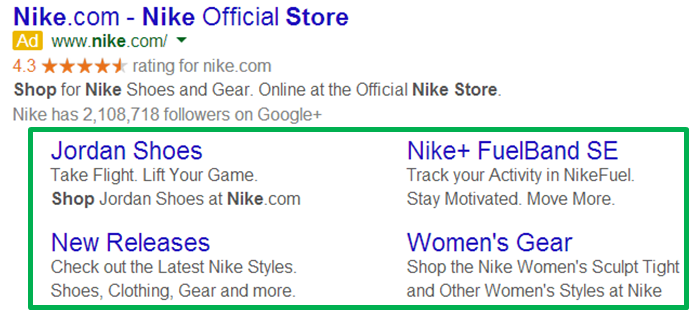The explosion of online streaming services like Netflix, Hulu, and others have created a challenge for online marketers looking to target the audience who have said no to cable. However, a service called Programmatic TV is slowly being introduced as a new way to effectively reach audiences that may have previously been off limits.
Understanding Programmatic TV?
Before we define programmatic TV, we need to first understand how advertisements are currently being purchased through traditional TV advertising. TV advertising today focuses on trying to reach an audience demographic based on TV panel data of select households. TV planners identify the shows with the highest gross rating point(GRP) and then book the show with the best price/cost ratio.
This system of ad buying may have worked well in the past, but the introduction of online streaming brought with it new challenges. Online streaming reduced the number of people watching cable television and increased the amount of data collected on target audiences.
Here are two examples of how Programmatic TV changes the traditional ad buying process. First, Programmatic TV allows marketers to automate the buying and booking process. This minimizes the need to manually touch bookings which decreases spending costs.
Second, programmatic TV analyzes data far beyond the standard target demographics of traditional panel data. Instead of using information from a few thousand TV panel households, programmatic TV utilizes data of millions of households, allowing for more detailed audience targeting.
Simply put, Programmatic TV is a new tactic in the advertising world that helps businesses build brand awareness by reaching an audience who doesn’t pay for cable. We call these people “Cable Cutters.” This process identifies certain networks and paid viewing subscriptions and allows you to pick and choose some networks or paid subscriptions to place your ad in their programming. For example, if you wanted to reach families with small children, you could target Sling TV’s selection of family friendly programming. While if you wanted to reach a large demographic of college males, you can target Sling TV’s Sports channels.
Is Your Audience Cutting the Cable Cord?

If you’re wondering whether or not your audience has turned away from cable, consider this report from fortune.com. In a recent study, the found that more than 1.1 million households cut the cord and said goodbye to cable in 2015. When the study included the number of consumers who never subscribed to cable at all, the number of Cable Cutters rose to 26.7 million at the end of 2016.
The question becomes how do we reach cable cutters? The marketing world has slowly been introduced to Programmatic TV. With this tactic, we can reach those hard to get cable cutters where they’re spending the majority of their time.
Is Programmatic TV right for my business?

The first question you have to answer when considering Programmatic TV for your marketing strategy is what is your campaign objective? If your goal is to increase website sales, this may not be a tactic for that campaign. The goal that works best with Programmatic TV is increasing your brand awareness.
In our marketing event, Building Your Business with Video Marketing, we discussed the five stages of awareness. This was a concept that states you have to have a different video message during each stage of awareness in order to build trust, and ultimately convert prospects into customers. Programmatic TV fits into the first stage of awareness, the unaware stage. It is a video method that should be used to reach prospects who are unaware of your product or business.
How do I start?
If you want to raise brand awareness with the crowd who doesn’t have cable, but still is watching a lot of television, Programmatic TV may be the perfect tactic for you. Contact us today to see if we can help you reach an audience that may have previously been harder to connect with. If you’d like to learn more about Programmatic Advertising and how it can work for your business, download our free whitepaper below.